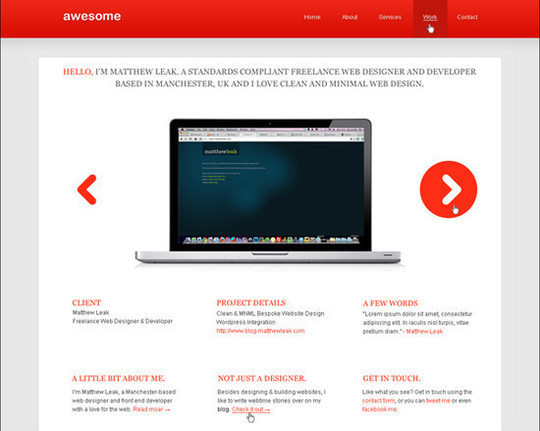A statement by Matt Cutt in March 2012 that Google was contemplating rolling out an update regarding over-optimized sites took SEO enthusiasts by storm. Following the announcement, a great number of blogs were withdrawn from Google’s index and Matt confirmed that indeed Google had begun taking stun action against blogs flouting its quality guidelines. However, this punishment did not only focus on low-quality blogs, but also those with too many unrelated backlinks.
What followed later was Google’s message to various webmasters through its Webmaster Tools that certain sites were utilizing unnatural or artificial links aimed at influencing PageRank and that they should make adjustments to their sites so as to go in line with Google’s quality guidelines before submitting their returns for review in Google’s search results. Following this message, it is uncertain what Google’s next action would be. It is likely that some of these low quality links may escape third party link data reporting as Google is living up to its threat by removing low authoritative domains.
Well, there are things you can do to enable you gain access to highly-authoritative backlink directories. Considering this action by Google, it is important to focus only on high quality backlinks if you want to be on the safe side. How then can you tell whether the links directing to your blog or site are good or bad? To find an answer to the above question, visit us at http://scanbacklinks.com/. The first step, though, is to conduct a backlink audit so as to establish the probable low-quality backlink percentage. If you are a newbie in the SEO world, it would be essential for you to manually assess and study backlink statistics.
As such, you will need to do the following:
- Recognize numerous linking root domains through different backlink data resources
- Look at the TBPR (ToolBar PageRank) for the entire linking root domains and concentrate mostly on the TBPR sharing.
- Calculate the percentage of deindexed linking root domains.
- Look at the distribution of social metrics, though it is optional.
- Occasionally, repeat step 2-4 and observe the following:
- A point leading to the TBPR distribution low end
- Growing number of linking root domains that are deindexed every week or month.
- Unchanged levels of social metrics left in extremely their lowest points.
While the above procedure may contain a few caveats, it should be able to help you assess your backlinks so as to come up with a short or long-term strategy. It is obvious the results cannot be totally perfect, but it is effective when it comes to identifying harmful trends after some time. What you need to understand is that third party SEO tools are, in most cases, outdated and in certain cases, the linking root domains no longer link back. Thus, it is essential to filter entirely all linking root domains and maintain those that link back to your site only. Visit us at http://scanbacklinks.com/ to learn about some of the tools that could aid in this course.
Considering that TBPR is not regularly updated (about 4 to 5 times annually), the resultant values of TBPR stand for linking root domains achieved in the latest update. In this case, it is recommended that you check out the latest TBPR update prior to making any decisions. Conducting the process immediately after the latest update of TBPR is likely to provide correct results. Yet, there are cases when Google can immediately decide to lower the TBPR of a site so as to make it open that the site is infringing on its guidelines and therefore put off advertisers.
Bottom line: You need a site that commands some authority in search engines. Thus, it is vital to identify and ensure your site is trustworthy by lowering the amount of unnatural backlinks and developing a more natural anchor text distribution.





